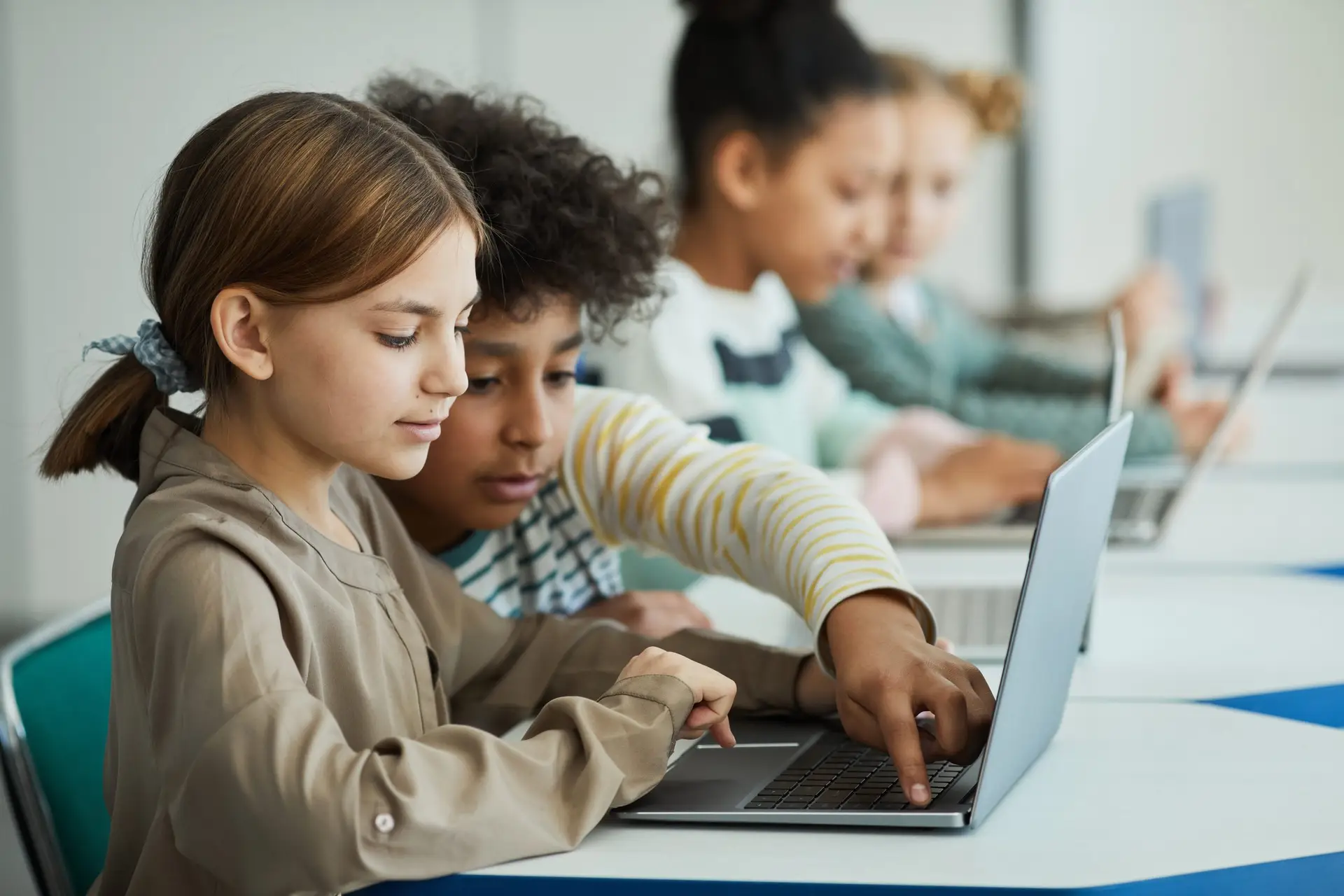Practical Use of Computers for Students
In the modern academic environment, the computer has become an indispensable intellectual partner for students. No longer a luxury or optional tool, it has evolved into an essential medium for learning, creating, and collaborating. The breadth and depth of student computer use continue to expand, reshaping the educational landscape and empowering learners with unprecedented capabilities.
Enhancing Research Capabilities
Access to information is the cornerstone of academic success. With a computer and an internet connection, students can explore vast digital libraries, academic journals, and databases from anywhere in the world. Online encyclopedias, scholarly articles, and educational platforms like JSTOR, Google Scholar, and PubMed have revolutionized how students research.
This transformation in student computer use enables learners to move beyond textbooks, diving deep into interdisciplinary knowledge. They can fact-check in real time, reference global perspectives, and synthesize information with speed and accuracy.
Streamlining Note-Taking and Organization
Digital note-taking applications such as Microsoft OneNote, Notion, and Evernote have changed the way students capture and retain information. Typing is often faster than handwriting, allowing students to transcribe lectures efficiently. Notes can be color-coded, tagged, and linked for effortless retrieval.
This systematic approach to information management exemplifies productive student computer use. It minimizes cognitive overload by helping students organize their academic lives—assignments, schedules, revision materials, and deadlines—all in one digital ecosystem.
A Hub for Academic Writing and Editing
Essays, research papers, lab reports, and reflective journals—writing is a constant in student life. Computers serve as the ideal platform for composition and revision. Word processors like Microsoft Word and Google Docs offer formatting tools, grammar assistance, citation features, and collaboration capabilities.
Students can draft, edit, and polish their work with precision. Features like spellcheck, thesaurus integration, and real-time co-authoring dramatically enhance the quality and efficiency of academic writing. This critical facet of student computer use fosters not only clearer communication but also intellectual discipline.
Access to Online Learning Platforms
Virtual learning environments have gained prominence in recent years, especially with the rise of e-learning. Platforms such as Coursera, Khan Academy, Udemy, and edX enable students to take courses beyond their traditional curriculum, expanding their knowledge base and skill set.
Computers provide the infrastructure for video lectures, quizzes, discussion forums, and interactive content. The versatility of student computer use allows for personalized learning, where students can progress at their own pace, revisit complex topics, and explore subjects out of curiosity, not just necessity.
Facilitating Creative and Technical Skills
Modern education is not confined to rote memorization. Creative expression and technical aptitude are equally prized. Computers play a pivotal role in helping students explore these dimensions. Graphic design, video editing, music composition, coding, and 3D modeling—all these disciplines thrive in the digital realm.
Design software like Adobe Creative Suite, coding environments such as Visual Studio Code, and music programs like FL Studio serve as fertile ground for student innovation. Through this branch of student computer use, learners transform from consumers of content to creators.
Empowering Communication and Collaboration
Academic success often hinges on teamwork and communication. Computers bridge the gap between students, educators, and peers. Email, instant messaging, and video conferencing ensure constant connectivity. Group projects benefit from platforms like Google Drive, Trello, and Slack, where tasks can be assigned, monitored, and completed collaboratively.
This dynamic use of technology enhances interpersonal skills and nurtures accountability. It encapsulates a core aspect of student computer use: preparing students for the collaborative demands of the professional world.
Supporting Exam Preparation and Revision
From flashcard applications to interactive quizzes, computers support efficient and engaging exam preparation. Software like Quizlet, Anki, and online mock tests allow students to consolidate their knowledge, identify weaknesses, and track progress.
Moreover, access to recorded lectures and digital textbooks enables a multi-modal approach to revision. The adaptability of student computer use ensures that learners with different study styles—visual, auditory, kinesthetic—can all find tools that cater to their strengths.
Encouraging Independent Learning
Perhaps the most transformative aspect of computers in education is the encouragement of self-directed learning. With the right tools and curiosity, students can dive into subjects well beyond the standard curriculum. They can learn a new language, build a website, or analyze economic data, all from their personal devices.
This autonomy fosters resilience, adaptability, and a lifelong love for learning. Through expansive student computer use, learners gain not just knowledge, but the confidence to seek and shape their own educational journeys.
The practical use of computers in student life is both expansive and evolving. From research and writing to communication and creativity, student computer use equips young minds with the tools they need to thrive in a complex, digital-first world. It cultivates independence, sharpens intellect, and opens doors to boundless educational possibilities.
As technology advances, the symbiosis between students and computers will deepen further—transforming classrooms into connected, dynamic spaces where learning knows no bounds.

